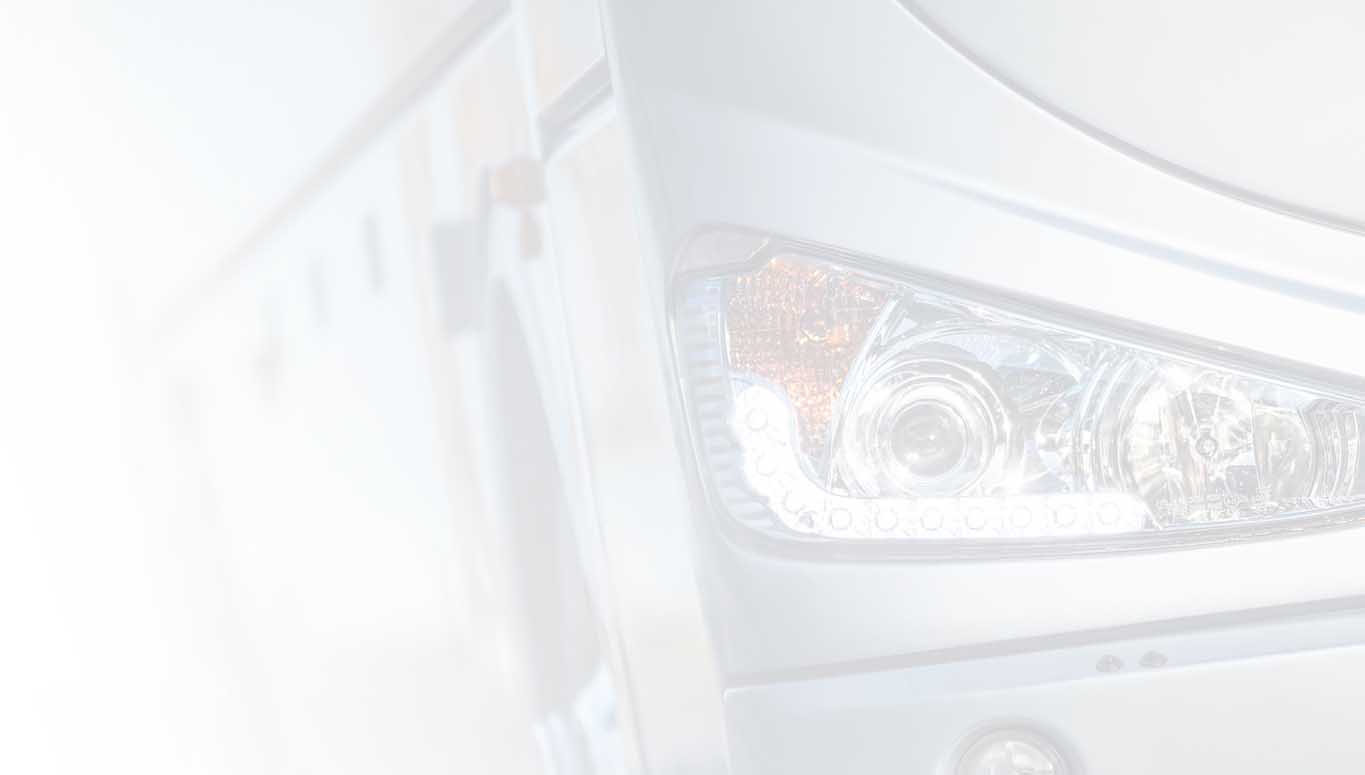Long trips: It is now possible to watch TV channels from different satellites
In this post we are going to deal with the subject of long trips. When we talk about long trips we are not only referring to European routes but also to routes that exceed the limits of Europe.
In this type of trip, passengers can be of different nationalities in each case and therefore have a different preference for TV channels. On the other hand, the signal footprint of the satellites is limited and is not visible throughout the travel area of these major routes.
It is also important to point out that in these large displacements the earth's curvature is noticeable and that causes the angle with which the antenna points to the satellite to vary and consequently we must vary the graduation of the antenna's LNB so that the system continues to work.
So how can we still give satellite TV?
To answer this question we will go in parts:
We will start with the physical problem of the earth's curvature and how it affects signal reception. As we have indicated before, in large displacements the viewing angle of the antenna with the satellite varies and this implies having to make a physical modification of the LNB graduation. In traditional systems, this modification consists of a manual adjustment of the antenna, something unthinkable to do in a vehicle that is on the road since we would have to climb on the roof of the vehicle, uncover the antenna and manipulate it. Currently there are satellite dishes with an automatic LNB angle correction system, this is called automatic skew . Thanks to this technology we do not have to perform any physical manipulation of the antenna, it is responsible for having the optimal angle at all times.
We will continue to respond jointly to the problem of limiting the footprint of satellites and the reception of channels from different satellites, since it is something that is closely related.
As we know, satellites are designed to radiate in specific areas and therefore there are areas where we will not be able to connect to certain satellites. On the other hand, being able to tune into channels from different satellites to meet the needs of passengers would imply, with traditional antennas, having to make physical adjustments to the antenna itself to modify the angle of the LNB in order to receive a signal from one satellite or another. Again this is really unthinkable to do it with a vehicle on the road since we would have to go up to the roof, uncover the antenna and manipulate it, that for every time we had to change the satellite, either because the one we have tuned in at that moment stops having a signal (footprint) or because we want channels that are on another satellite that obviously also has a footprint in that area.
Thanks to current systems we can have advanced physical controllers that allow the positions of different satellites to be registered so that by selecting the satellite we want in the controller itself, the system is responsible for aligning the LNB automatically to be able to receive the signal from said satellite. This makes changing satellites as easy as changing channels.
As you can see, being able to provide satellite TV on large routes, overcoming the great obstacles that this entails, is only possible thanks to the use of advanced satellite TV systems, it is the only way to be able to do it with a guarantee of success.

